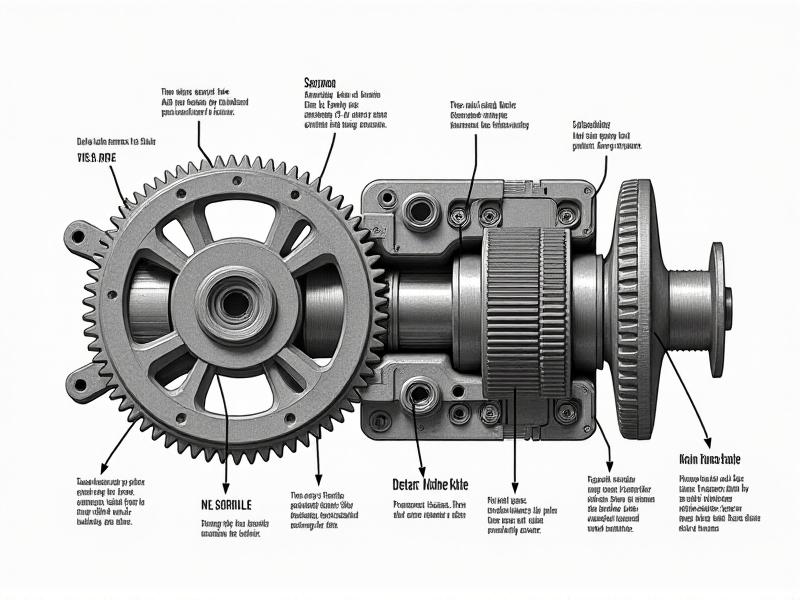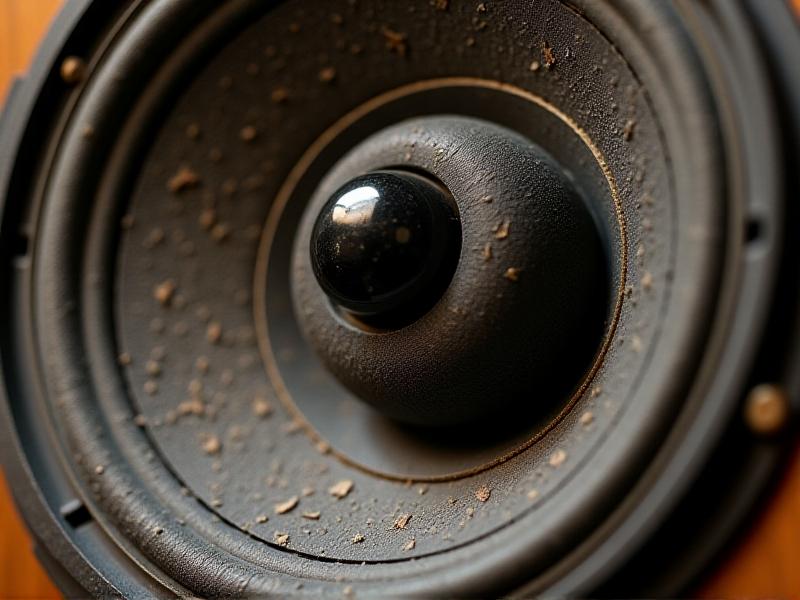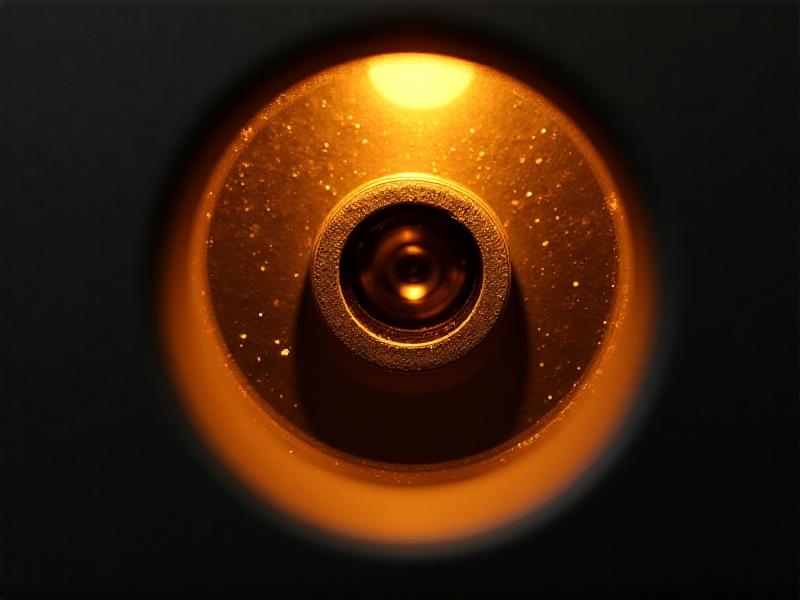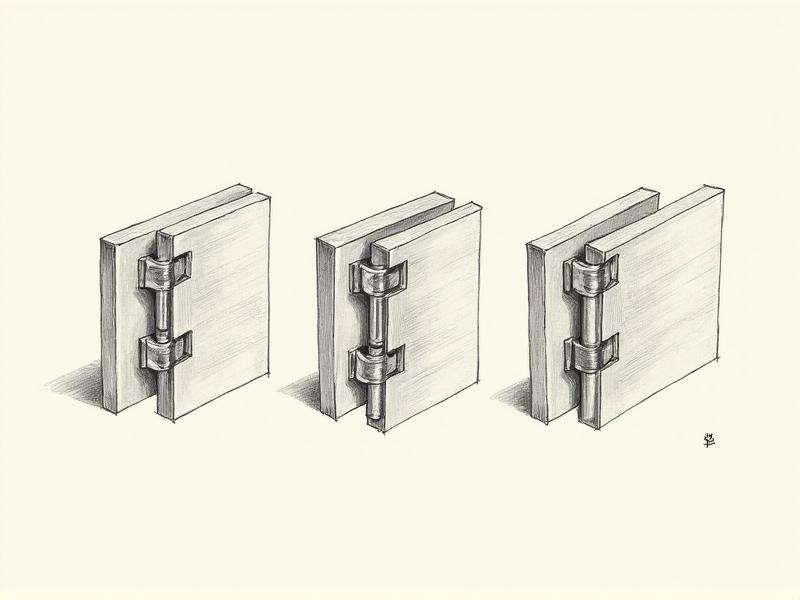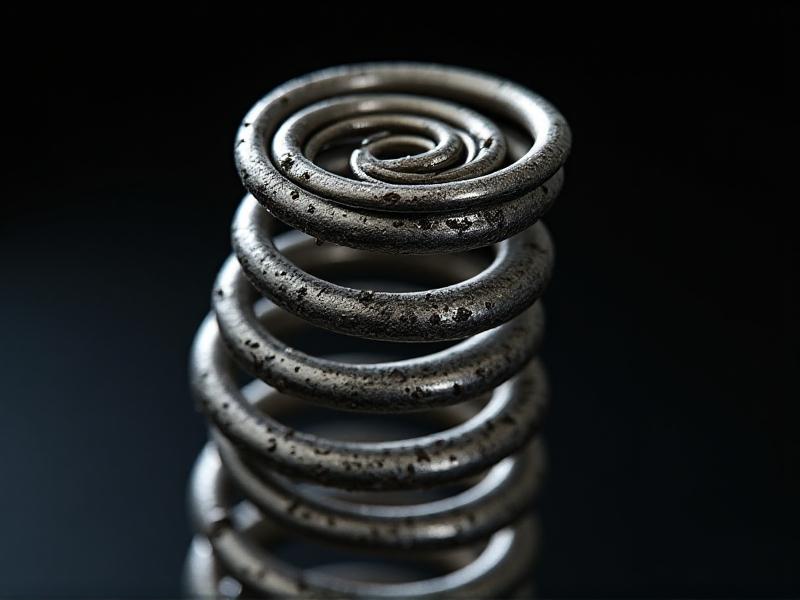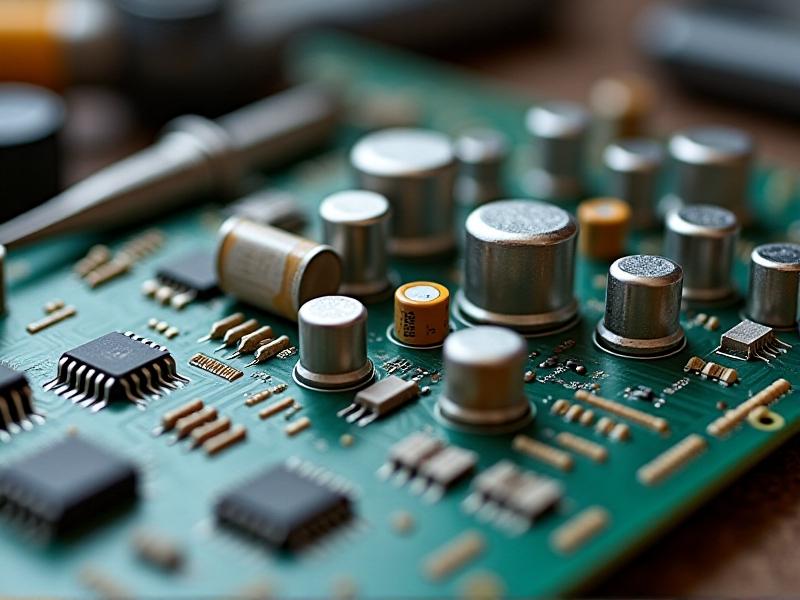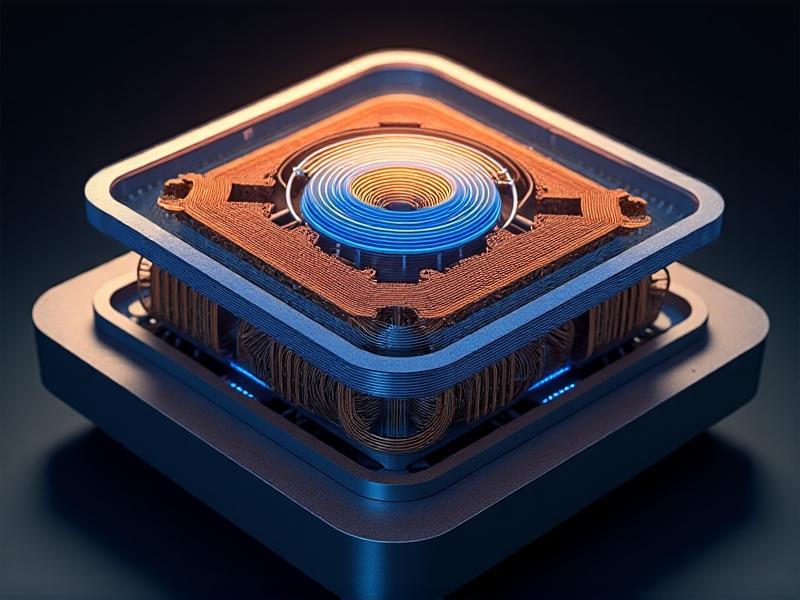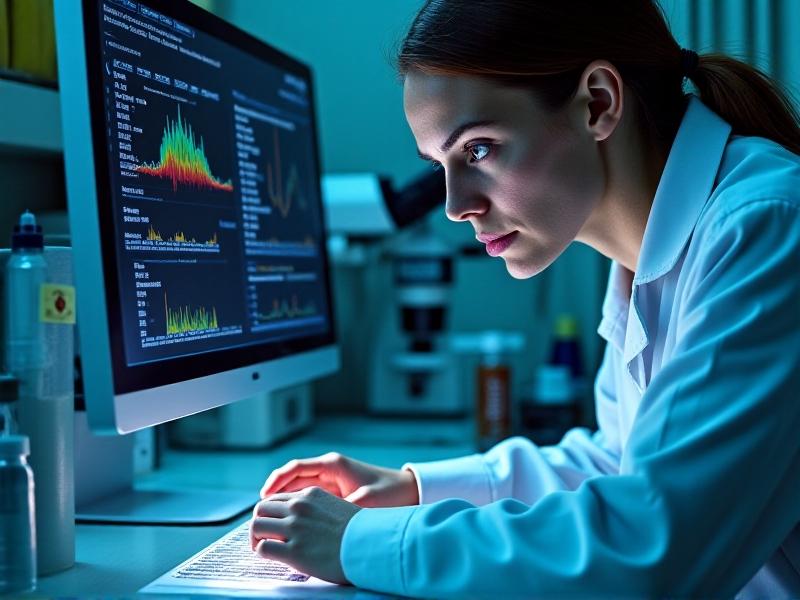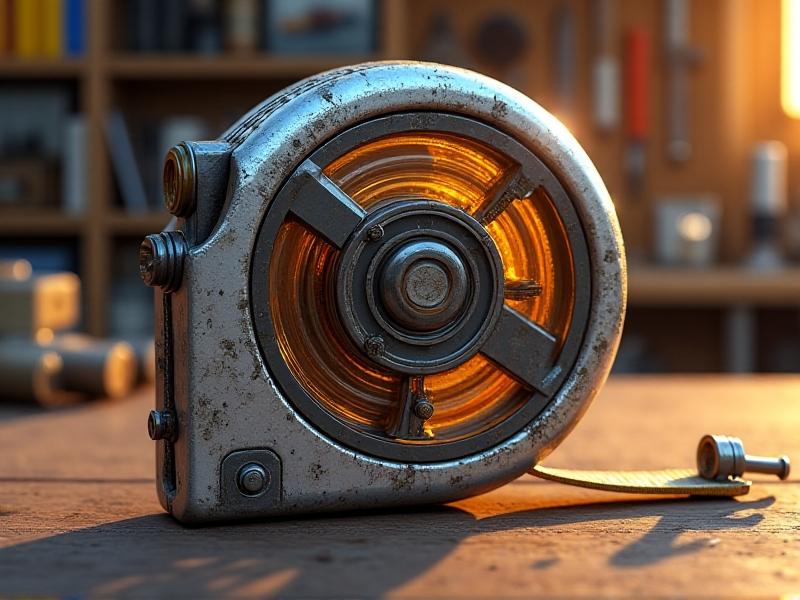Vintage Bias Meter Calibration
Understanding Vintage Bias Meter Calibration
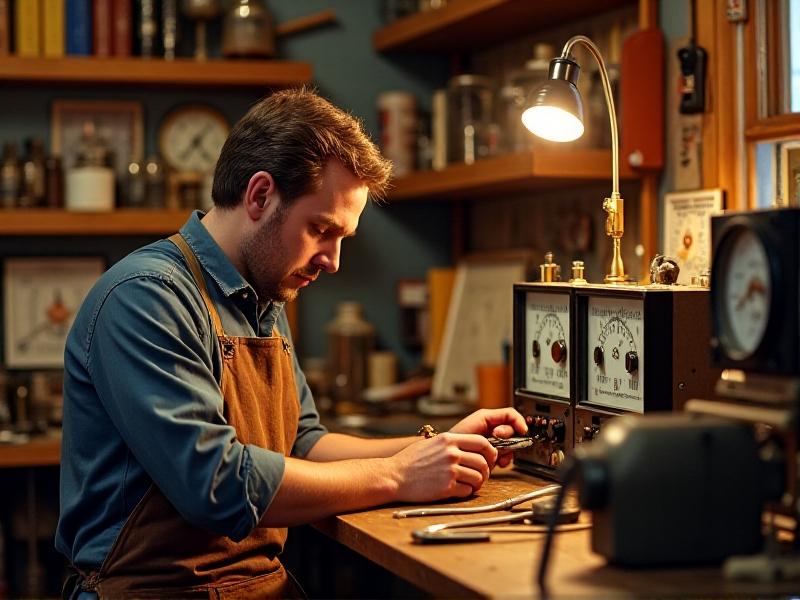
Vintage bias meter calibration is a niche yet vital practice for maintaining analog audio equipment, particularly tube amplifiers. Bias meters measure the idle current flowing through vacuum tubes, ensuring they operate within optimal ranges. Proper calibration prevents overheating, extends tube lifespan, and preserves sound quality. These meters, common in mid-20th-century gear, require periodic adjustment due to component aging or environmental factors like humidity. Enthusiasts prize their tactile interface and historical significance, but their mechanical nature demands expertise to maintain. Calibration involves comparing meter readings against a trusted reference and adjusting internal resistors or potentiometers. The process blends technical precision with an appreciation for analog craftsmanship, making it a cherished ritual among audiophiles and restoration experts.
The Evolution of Bias Meters in Audio History
Bias meters emerged alongside tube amplifiers in the 1930s, evolving from rudimentary needle gauges to precision instruments. Early models were integrated into military radios and broadcasting consoles, prioritizing functionality over aesthetics. By the 1950s, hi-fi systems popularized standalone bias meters with sleek designs, often matching amplifier aesthetics. The 1960s saw innovations like mirrored scales to reduce parallax errors and dual-range meters for versatile measurements. However, the rise of solid-state electronics in the 1970s shifted focus to digital displays, rendering analog meters obsolete. Despite this, brands like McIntosh and Marantz continued producing analog meters for high-end systems, cementing their status as audiophile icons. Today, these vintage meters are sought after for their nostalgic charm and perceived audio warmth, contrasting with the sterility of digital interfaces.
Why Calibration Is Critical for Vintage Systems

Uncalibrated bias meters risk misrepresenting tube current, leading to biased tubes operating too "cold" (low current) or "hot" (excessive current). Cold bias causes distorted audio and crossover noise, while hot bias accelerates tube degradation, sometimes leading to catastrophic failure. Proper calibration ensures tubes work at the midpoint of their linear range, optimizing amplification and harmonic richness. For collectors, calibration also preserves equipment value—malfunctioning meters can deter buyers. Beyond technical benefits, calibration rituals connect users to engineering heritage, offering insights into historical design philosophies. Modern studies reveal that even slight deviations (e.g., 5mA) can alter frequency response in tube amps, making calibration both a technical and artistic necessity for authentic sound reproduction.
Tools and Techniques for Precision Calibration
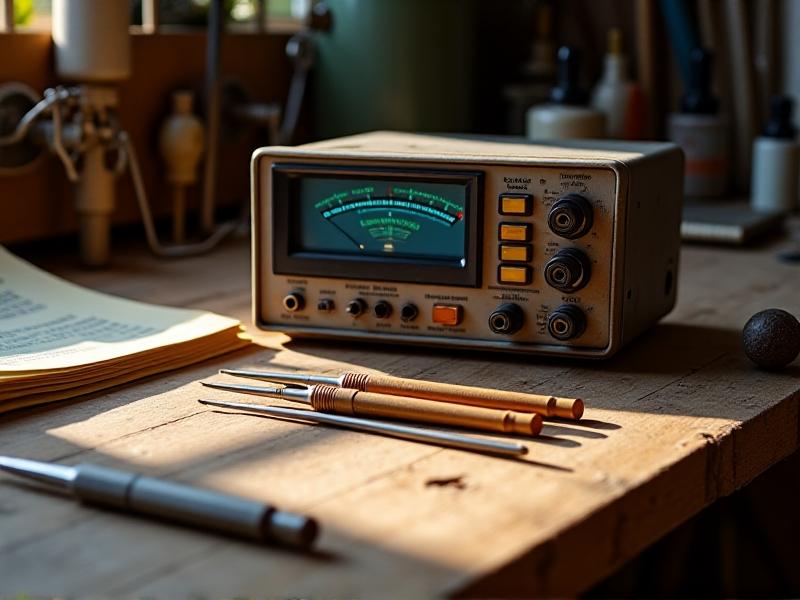
Calibrating vintage meters requires period-appropriate tools to avoid damaging delicate components. A high-impedance multimeter measures reference current, while a variac stabilizes input voltage during adjustments. Non-magnetic screwdreters adjust potentiometers without interfering with internal magnetism. Experts often use decade resistors to simulate load conditions. The process starts by disconnecting the meter from the amplifier, feeding a known current, and adjusting the meter’s shunt resistor until the needle aligns with the reference. For meters with mirrored scales, technicians must view the needle straight-on to avoid parallax errors. Some restorers replace deteriorated components with New-Old-Stock (NOS) parts to maintain authenticity. Documentation, like original service manuals, is invaluable for identifying tolerance ranges and circuit specifics lost to time.
Common Challenges in Restoring Analog Meters
Oxidation on terminals and hairspring coils is a persistent issue, increasing electrical resistance and causing sticky needle movements. Cleaning these parts demands solvents like DeoxIT and gentle abrasion with fiberglass pens. Another challenge is sourcing replacement parts—for instance, taut-band suspensions or rare mica capacitors—which often requires scavenging from donor units. Humidity-swollen meter faces can warp, necessitating careful disassembly and drying. Additionally, aging magnets lose their field strength, requiring re-magnetization using specialized equipment. Technicians must also decode obsolete calibration notations, as some manufacturers used proprietary symbols or units. These hurdles underscore the importance of patience and archival research in preserving metrological integrity.
Case Study: Reviving a 1956 Harman Kardon Citation II
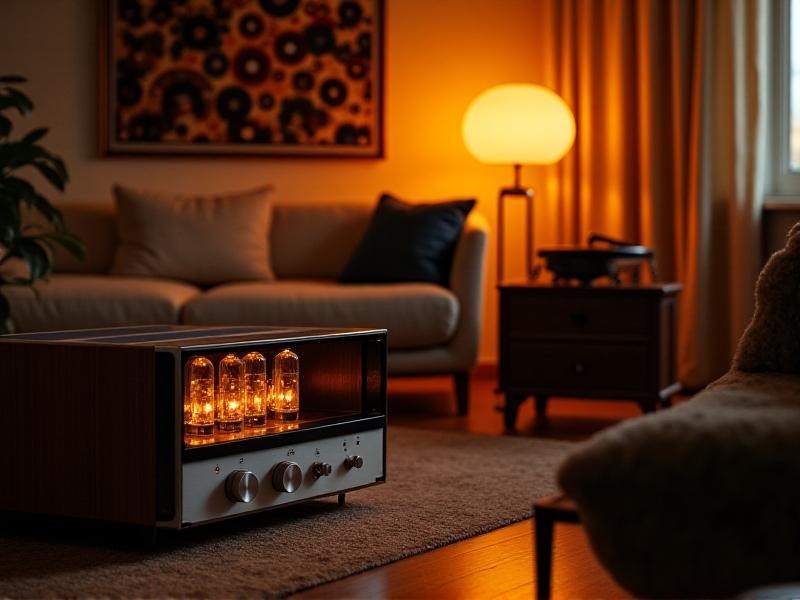
A collector’s 1956 Harman Kardon Citation II arrived with a bias meter showing erratic fluctuations. Initial diagnostics revealed a degraded shunt resistor and oxidized movement bearings. Using the original schematic, the technician replaced the resistor with a NOS Allen-Bradley unit and cleaned bearings with isopropyl alcohol. However, the needle remained sluggish due to a weakened hairspring. A donor meter from a parts unit provided a compatible spring. Post-calibration, bias current stabilized at 35mA per tube, aligning with factory specifications. The restored amplifier exhibited improved bass response and lower noise floor, validating the hours invested. This project highlights how multidisciplinary skills—from metallurgy to archival research—converge in successful restorations.
Bridging Analog and Digital in Modern Calibration
Contemporary technicians increasingly pair analog meters with digital tools for enhanced precision. USB multimeters log current data over time, identifying drift patterns invisible to the naked eye. Apps like Audiotechnica’s TubeCalc convert smartphone cameras into optical readers, analyzing needle position via AI. Some restorers use 3D printing to recreate cracked meter housings or custom jigs for delicate adjustments. However, purists argue that digital aids can distance users from the hands-on philosophy of vintage tech. Hybrid approaches offer a compromise—for instance, using digital references to set analog meters, ensuring accuracy without sacrificing tactile engagement. This fusion democratizes calibration, making it accessible to new generations while honoring analog traditions.
Preserving the Art of Analog Measurement
As veteran technicians retire, knowledge transfer becomes crucial. Online forums like Audiokarma host detailed calibration threads, while YouTube channels like MrCarlsonsLab offer tutorial videos. Universities are integrating analog repair into electrical engineering curricula, framing it as applied history. Museums now display functional exhibits, allowing visitors to interact with calibrated vintage gear. Innovators are also developing open-source calibration guides, crowdsourcing data on obscure models. These efforts ensure that bias meter calibration evolves from a fading trade into a living heritage, sustained by global communities. The craft’s future lies not in resisting digitalization, but in harmonizing it with analog values—precision, patience, and a reverence for the tactile.
